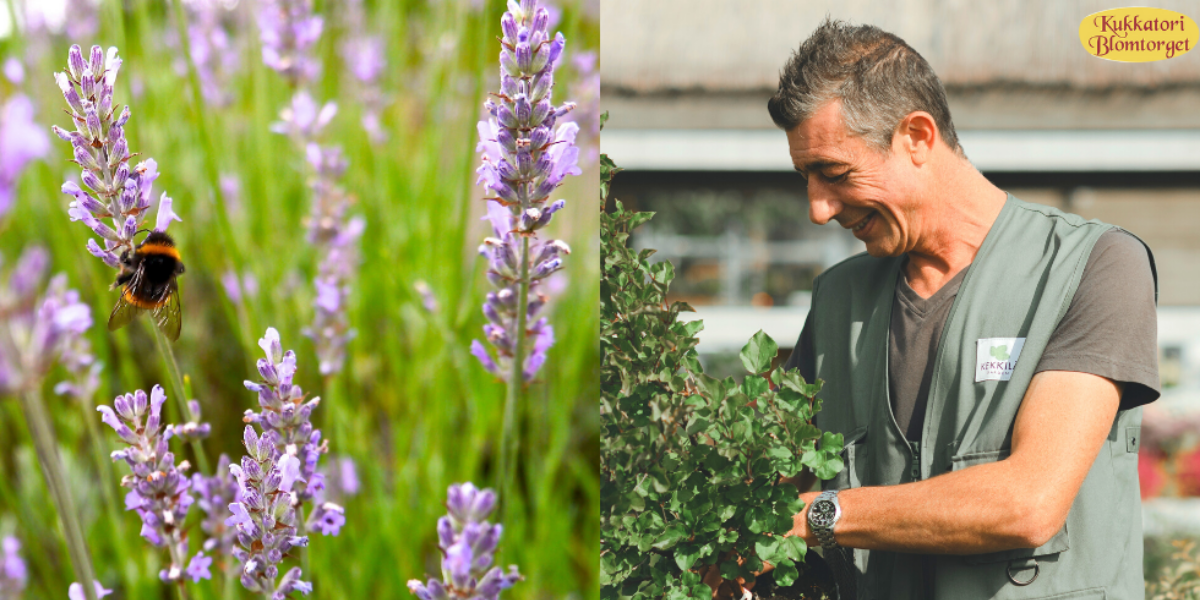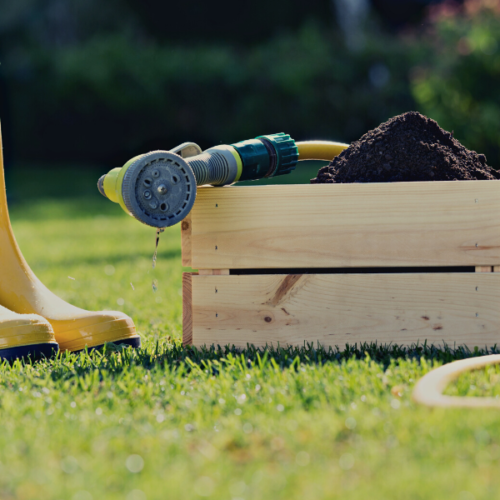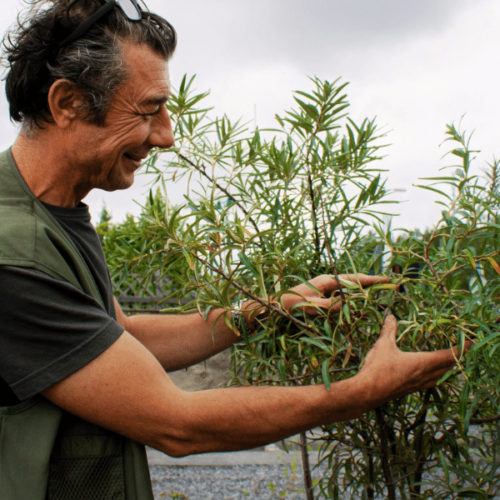Höynteisten osuus kaikesta maan elämästä on kaksi kolmasosaa, kuitenkin lentävien hyönteisten osuus on laskenut 75% viimeisten 25 vuoden aikana.
Yksi suurimmista hyönteisväestön vähenemisen syistä on laajamittainen viljely, jolla luonnonmukaista aluetta tuhoutuu laajalti laidun- ja peltomaiden hyväksi, yhdistettynä lisääntyvän torjunta-aineiden käytön myötä. Maataloudessa ympäristövaikutusten vähentämisen eteen tehdään jo paljon, mutta myös kotipuutarhurit voivat vaikuttaa enemmän kuin ajattelevatkaan lisätäkseen hyönteisten määrää, erityisesti tärkeitä pölyttäjiä, kuten kimalaisia, mehiläisiä ja perhosia.
Meidän englantilainen puutarhuri Adrian antaa vihjeitä siitä, miten rakentaa puutarhasi edistäen biologista monimuotoisuutta, ja yksi hänen vinkeistä on ottaa metsä lähtökohdaksi, kun suunnittelet puutarhan monimuotoisuutta. Puut, pensaat ja havupuut ovat tärkeä osa puutarhaa, joka täydennetään monivuotisilla, kukilla ja sipuleilla.
Lue Adrianin teksti kokonaisuudessaan englanniksi alta:
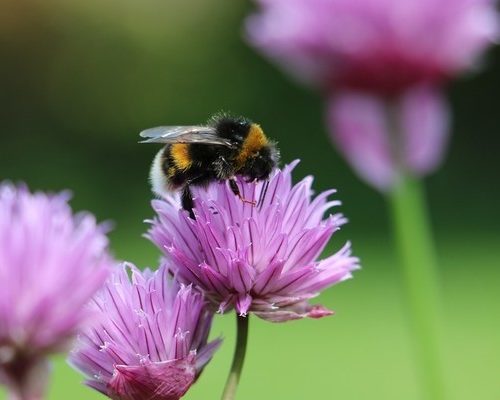
Increasing the pollinators of the garden
By: Adrian Evans
Insects make up about two-thirds of all life on Earth, yet the number of flying insects has dropped by a staggering 75 per cent in the last 25 years. Large scale agriculture with its widespread destruction of wild areas to make way for crops, combined with the increased use of pesticides are the likely factors for this dramatic loss in insect populations. Agricultural policies are being reformed as we speak in an attempt to reverse some of the damage caused, yet as gardener’s our gardens play a vital role in helping to provide habitats in order to increase insect species, especially the pollinators such as bees and butterflies.
The importance of bees
All honey bees in Finland are domesticated (genus Apis), those kept by bee keepers and not to be found in the wild. As a country we hold a species list of 43 different wasps, 200 bees and 37 of the furry bumble bees. Bees produce honey from regurgitating the sugary nectar which they collect from plants. In order to build their beeswax honeycombs where the honey, pollen and larvae are stored, bees need to consume honey. They secrete the wax from eight glands on their lower abdomen which then hardens and flakes off into clear flat pieces known as scales. The scales are chewed and softened by the worker bees and formed into the hexagonal cells in the honeycomb.
As gardener’s our gardens play a vital role in helping to provide habitats in order to increase insect species, especially the pollinators such as bees and butterflies.
The successful pollination of all plants on earth happens by the transference of pollen from the male part of the flower (the stamen) to the female flower part (the pistil). When bees collect their valuable nectar, the pollen sticks to their bodies, thus making the transfer from the stamen to the pistil. This is how the seed is then produced.
Butterflies are another important pollinating insect but aren’t as successful as bees due to their long legs, hence not so much pollen sticking to them. Other pollinators include ants, flies, hoverflies, moths and flower beetles.
Biodiversity is key
In order to increase pollinators, we have to increase the biodiversity within the garden.
Look to the forest as the best example. A typical forest is made up of a tree canopy, the below layer of shrubby plants and a carpet of perennial and annual herbaceous plants. It provides habitat for larger animals, smaller mammals, birds and insects.
A successful garden can increase its biodiversity by replicating the forest structure. The trees, shrubs and conifers can be seen as the bones of the garden, all finished off with the dress of perennials, annuals and bulbs.
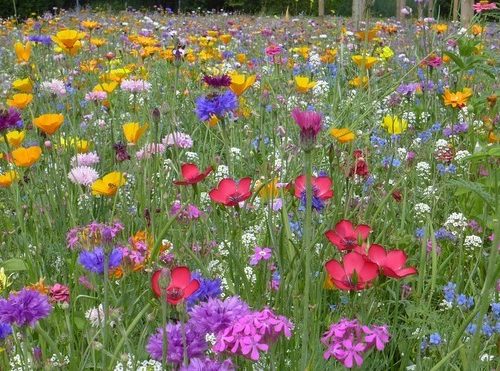
Compare this to the monoculture of a grass lawn which holds very little biodiversity!
A successful garden can increase its biodiversity by replicating the forest structure.
A couple of years ago The Royal Horticultural Society (RHS) in the UK carried out a study to determine if pollinating insects were attracted more to the wild native plants found in nature, to those non-native plants that we find in the garden centres. The study revealed that there was no real difference. The bees were only attracted to the nectar that each plant produces.
There are certain plants though that produce more nectar than others and some plants where nectar is more easily collected with less work. Take Veronicastum as an example. The flower spikes of this plant are made up of hundreds of smaller flowers and the bees simply climb the spike collecting nectar as if climbing a ladder.
Top 10: Pollinating plants
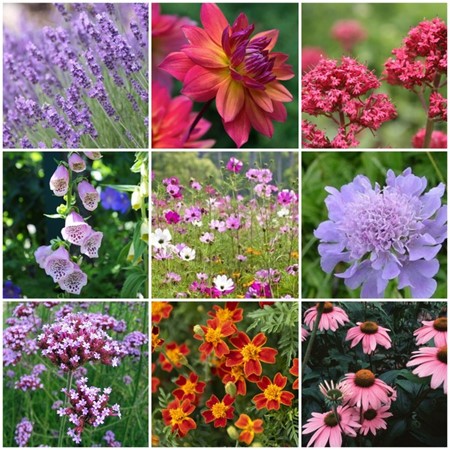
Below is a list of the top 10 of must have of pollinating plants, a garden shouldn’t be without.
- Lavender (Lavandula sp.)
- Dahlia (Single or double-flowered varieties)
- Red Valerian (Centranthus ruber)
- Giant fleabane (Inula magnifica)
- Foxgloves (Digitalis sp.)
- Cosmos (Cosmos bipinatus)
- Scabious (Scabiosa sp.)
- Verbena bonariensis
- Marigolds (Tagetes sp.)
- Cone flower (Echinacea sp.).

